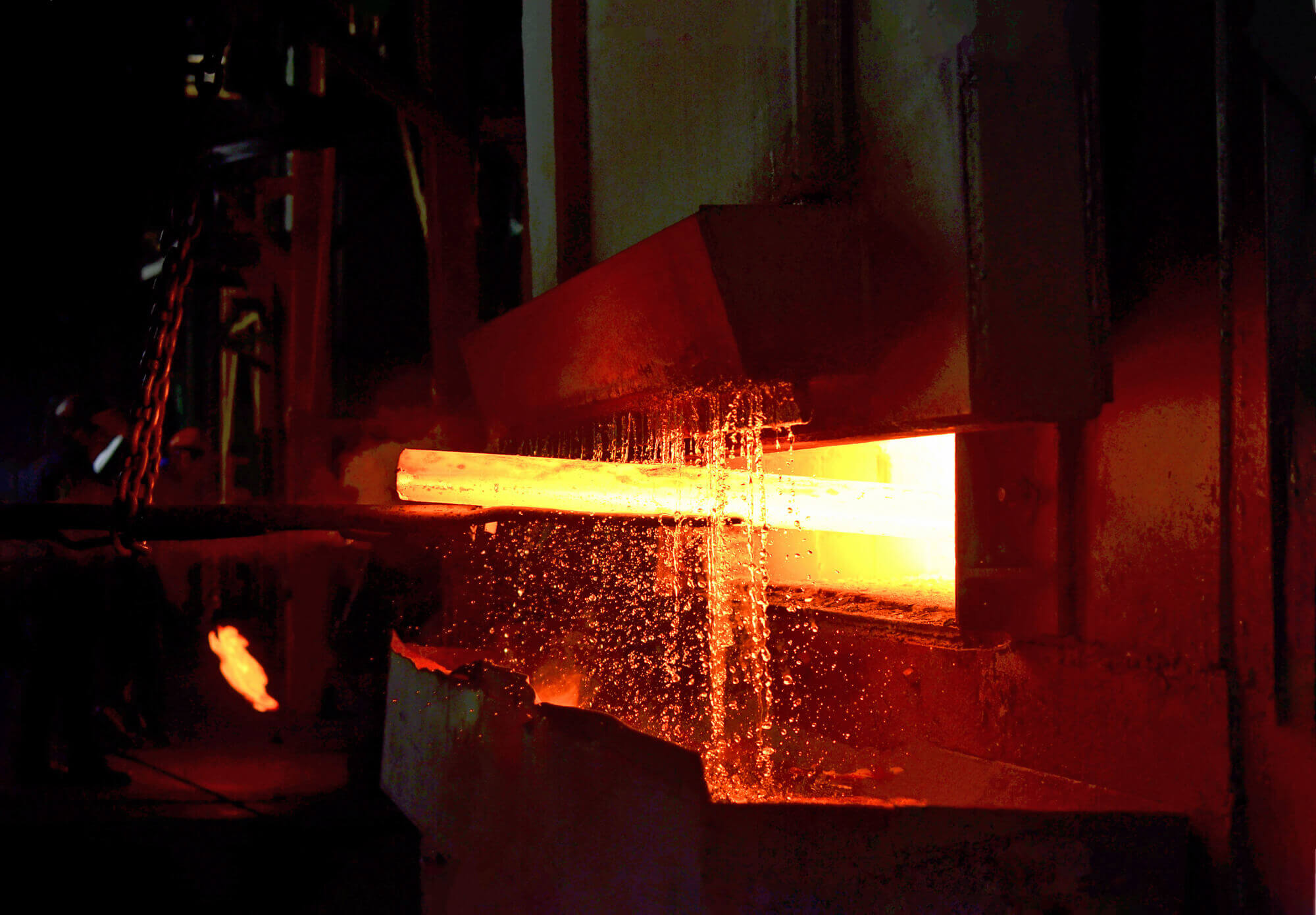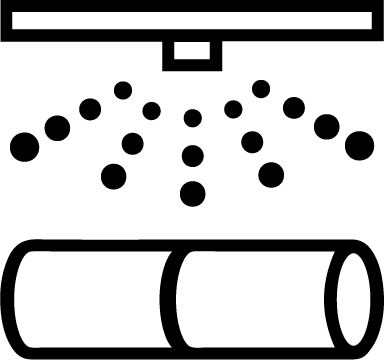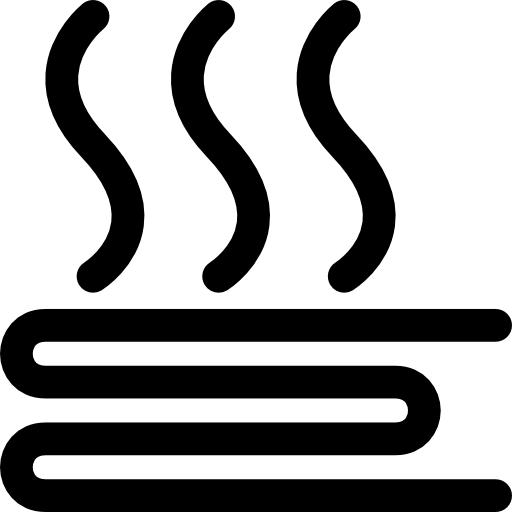Metal Heat Treating
Heat treating allows a metal piece to be strengthened and improved for the material to better withstand wear and tear. Heat treatment involves heating a metal or alloy to a specific temperature, then cooling it to harden the material.
Heat treatment can be used during different phases in the manufacturing process to change properties of a metal or alloy. Heat treatment can make a metal stronger, harder, more durable, more ductile, to make the material perform properly.
Metal heat treating is used in a variety of industries, and for products including:
-
Die Components
-
Cutting Tools and Punches
-
Aircraft & Spacecraft
-
Automobiles & Construction Equipment
-
Military Equipment
-
Oil & Gas Industry Equipment & Components

How Does Heat Treatment Work?
A metal or alloy is heated to a specified temperature, sometimes as hot as 2400°F. That temperature is maintained for a certain amount of time, and the metal is cooled. During the heating process, the physical structure of the metal changes. This results in the physical properties of the metal changing. The length of heating time is called the ‘soak time.’ The soak time plays an important role in the characteristics of a metal. Metals soaked for longer amounts of time will result in different microstructure changes than metals soaked for shorter periods of time.
The cooling process also plays a part in the results. Metal cooled quickly is called quenching. Metals can be cooled quickly or slowly in a furnace to achieve the desired result. The combination of soak temperature, soak time, cooling temperature, and cooling duration all play a role in creating the desired properties of the metal or alloy. Some metals may be treated multiple times.
Metal heat treating can be a complicated process. Many factors play a part: the temperatures to heat and cool metals, how long each step of the process should take, and the properties of the specific type metal or alloy. Metallurgists study the effects of heat on metal and alloy, and provide information on how to perform these processes correctly. Green Oak Tool utilizes this information to ensure metal pieces will have the correct properties at the end of the heat treating process.
Common forms of heat treating include:
-

Hardening
Metal is heated to a point where the elements in the material transform into a solution. Defects in the structure are transformed by creating a reliable solution and strengthening the metal. The hardness of the metal or alloy is increased making it less malleable.
-

Annealing
This is used for metals like copper, silver, aluminum, steel and brass. Materials are heated to a set temperature, and held at that temperature until transformation occurs. Then they are slowly air dried. Annealing softens the metal to make it more workable and less likely to crack or fracture.
-

Tempering
Certain iron-based alloys are hard and brittle. Tempering can reduce brittleness and strengthen the metals. Metals are heated to a temperature lower than the critical point to reduce brittleness and maintain hardness.
-

Case Hardening
This process hardens the outside of the metal while the inside remains soft. Hardening can cause materials to become brittle. So case hardening is used for metals that require flexibility while maintaining a durable wear layer.
-

Normalization
This is similar to annealing. Normalization makes steel tougher and ductile by heating it to critical temperatures, and keeping it at this temperature until transformation occurs.
Why Heat Treatment is Important
If metal isn’t heat treated, some types would not function properly. Non-ferrous metal parts would be weaker. Metals, such as aluminum, titanium alloys, brass and bronze are all strengthened with heat treating. Many of these metals are used in the production of products that depend on strong metals for safety and performance.
Heat-treated metals are often stronger than non-heat treated metals. The heat treating process also prevents corrosion. This helps reduce the frequency of part replacement, and allows for machines to run longer and more effectively with fewer problems or down time.
Green Oak Tool